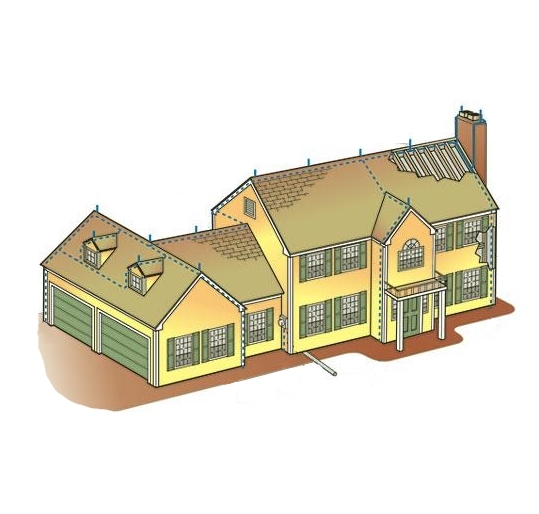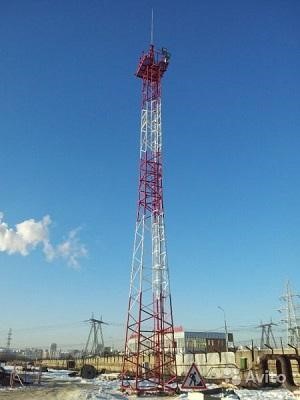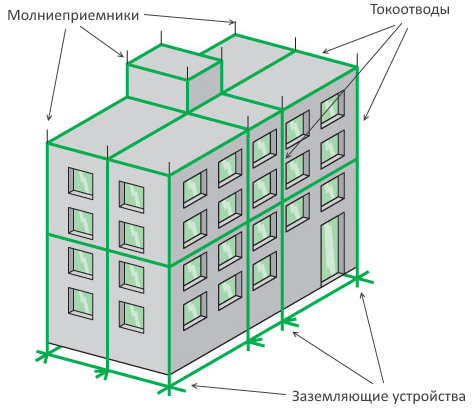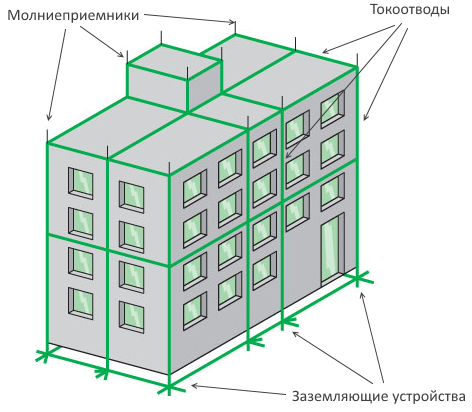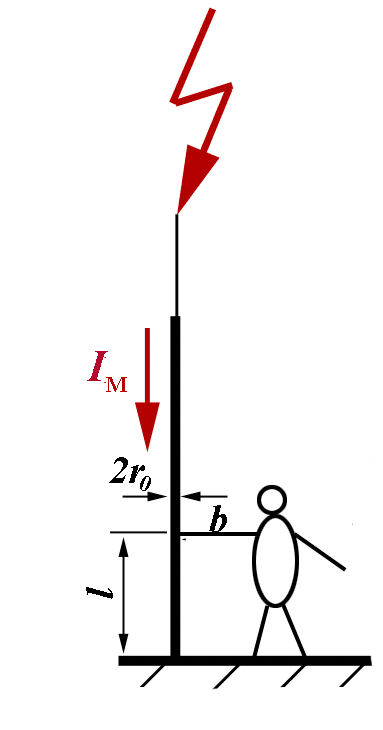_popup.webp)
The nature of the overheating problem of bolt connections on current collectors is directly related to current collectors themselves. When the structure is very high, they should be assembled from limited sections. According to the Russian requirements, as a rule, welding should be used for this. However, the standard also permits bolt connections in provision of transient contact resistance not more than 0.05 Ohm (RD 34.21.122-87, item 3.4).
Formula (1) requires only to be supplemented by contact transient resistance Rc and allowable value of heating temperature T.
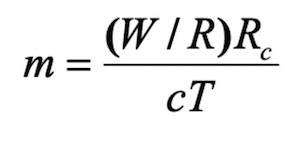 (1)
(1)
With such adjustment, formula (1) provides an estimate for the weight of a bolt connection of current collectors heated to temperature T.
Bolt clamps are usually made of steel. In a system of two current collectors, the limit lightning current of 200 kA, when it is divided in two paths, will deliver to each conductor specific energy (W/R) = 2,5x106 Дж/Ом, which, considering steel heat capacity c = 482 J/(kg deg), will provide heating up to 5000 С of the clamp with the weight of 530 g. Such heating is certainly fire hazardous. Current collectors with bolt connections cannot be hidden under the flammable coating. Therefore, you should not reject welding, the more so steel welding is a simple operation compared to aluminum welding that requires argon.
n fact, you can hardly perform lightning protection for residential or administrative buildings in terms of Level I lightning protection. Most likely, Level III will be accepted with the rated current 100 kA (specific energy (W/R) = 2,5x106 Дж/Ом). Now, in each of two current collectors, the specific energy will reduce to 6.25 x 105 J.Ohm, while temperature of steel clamp with the weight of 500 g will not exceed 1300 С. This is a safe temperature. Moreover, we should rely on that the connections will have a better quality with transient resistance significantly lower than 0.05 Ohm. This will provide an additional temperature decrease.
Any subsequent doubling of the number of current collectors will reduce the clamp heating temperature 4 times more, thus justifying the application of bolt connections.

E. M. Bazelyan, Dr. Sc. (Eng.), Professor;
Krzhizhanovsky Energy Institute, Moscow;
recognized Russian Expert in Earthing and Lightning Protection
Order free calculation for lightning protection and grounding system at the ZANDZ Technical Center.
Related Articles:
